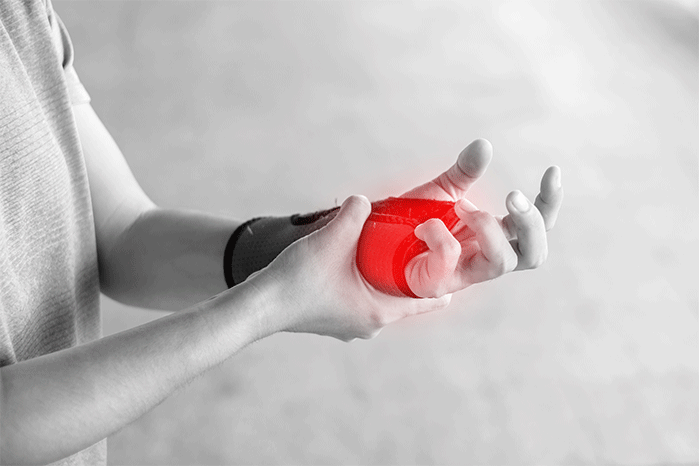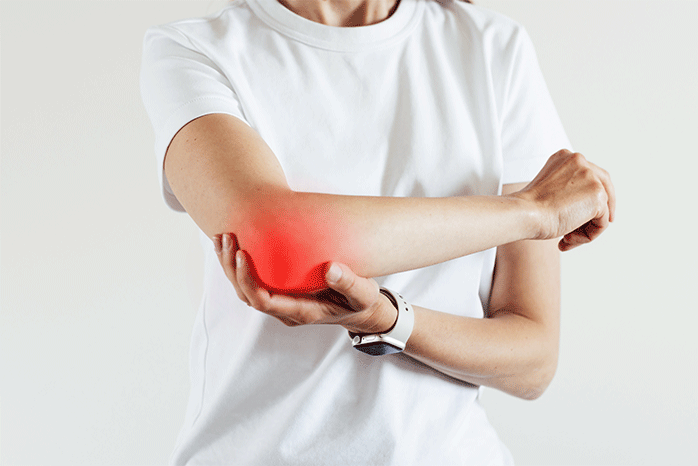Ulnar Nerve Decompression with Anterior Transposition
At Dr. Deborah Blades Neurosurgery, serving patients throughout Northeast Ohio, we treat cubital tunnel syndrome—compression of the ulnar nerve at the elbow that can cause numbness in the ring and small fingers, hand weakness, and pain that worsens with elbow bending. When nonsurgical care is not enough, Ulnar Nerve Decompression with Anterior Transposition can provide lasting relief and protect nerve function.
The ulnar nerve passes behind the bony bump on the inner elbow (medial epicondyle). Tight tissues, thickened ligaments, or repeated elbow flexion can compress or stretch the nerve. You may notice tingling, a “shock” at the elbow, trouble with grip, or clumsiness when buttoning or typing. Early treatment improves outcomes, especially if weakness has begun.
“Our goal is to free the nerve and move it to a safer, more comfortable position so symptoms improve and strength returns.” – Dr. Deborah Blades
During surgery, Dr. Blades first decompresses the ulnar nerve by releasing tight structures (such as Osborne’s ligament and the fascia around the flexor carpi ulnaris). If the nerve is unstable, irritated with bending, or severely compressed, she performs an anterior transposition—gently repositioning the nerve from behind the elbow to the front, where it is cushioned and no longer stretches with elbow motion. Depending on your anatomy, this may be subcutaneous (under the skin) or submuscular (beneath muscle) for optimal protection.
Benefits of Decompression & Anterior Transposition

- Relief from tingling and numbness in the ring and small fingers
- Reduced elbow and forearm pain, especially with bending
- Improved grip strength and hand coordination
- Prevention of progressive nerve damage and muscle wasting
Recovery: This outpatient procedure typically uses a small incision along the inner elbow. A soft dressing or splint may be used briefly to protect the repair. Light hand use begins early, with gradual return to normal activity over several weeks. Hand therapy exercises may be recommended to restore motion, reduce stiffness, and rebuild strength. Nerve healing is gradual; tingling often improves first, while strength returns over weeks to months depending on the degree and duration of compression.
If you’re experiencing persistent numbness, night symptoms, loss of grip, or “electric shocks” at the elbow, Ulnar Nerve Decompression with Anterior Transposition may help. Schedule a consultation with Dr. Deborah Blades in Northeast Ohio to discuss the best treatment plan for your goals and lifestyle.

Recovery: This outpatient procedure typically uses a small incision along the inner elbow. A soft dressing or splint may be used briefly to protect the repair. Light hand use begins early, with gradual return to normal activity over several weeks. Hand therapy exercises may be recommended to restore motion, reduce stiffness, and rebuild strength. Nerve healing is gradual; tingling often improves first, while strength returns over weeks to months depending on the degree and duration of compression.
If you’re experiencing persistent numbness, night symptoms, loss of grip, or “electric shocks” at the elbow, Ulnar Nerve Decompression with Anterior Transposition may help. Schedule a consultation with Dr. Deborah Blades in Northeast Ohio to discuss the best treatment plan for your goals and lifestyle.

